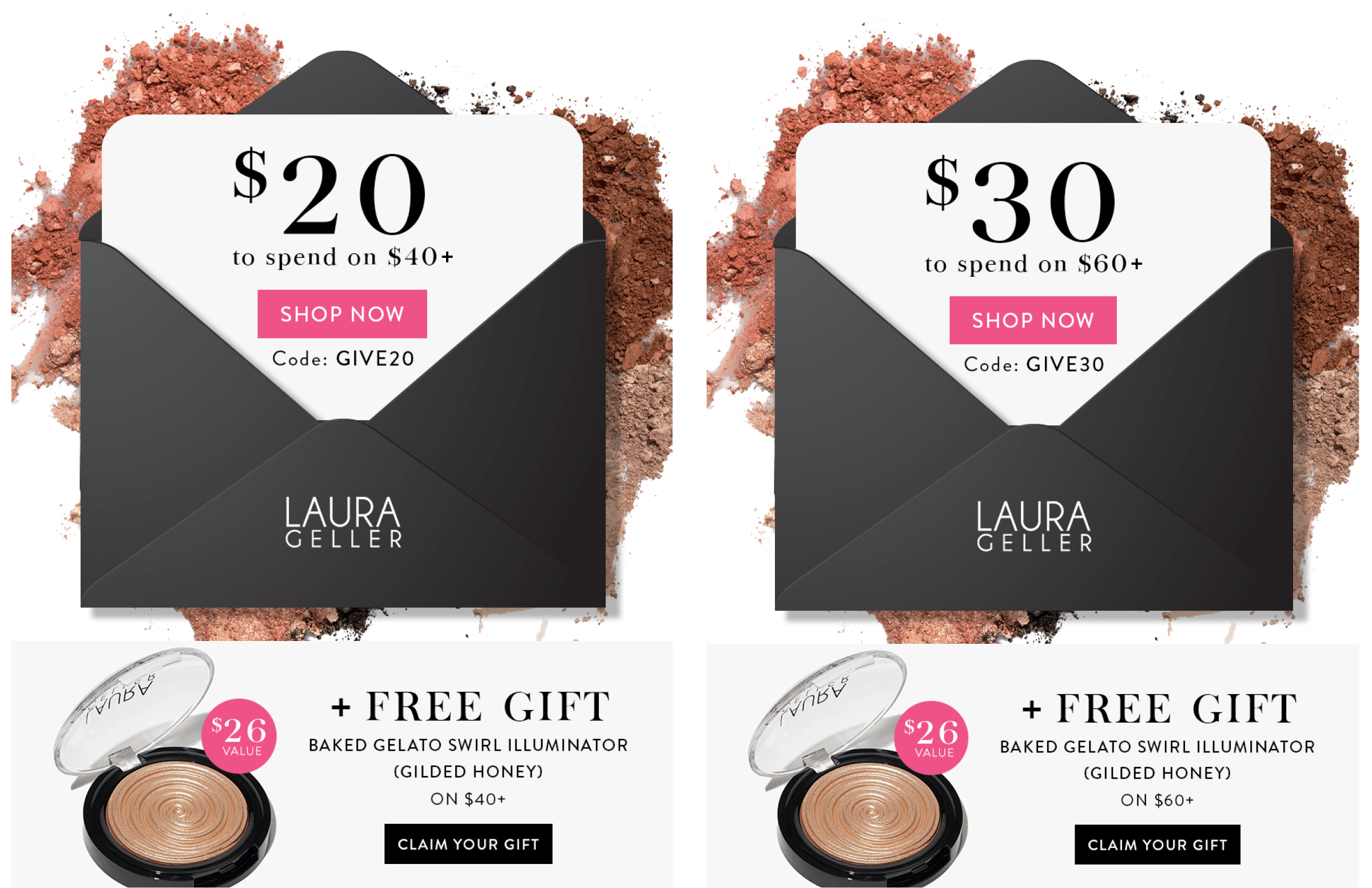By Ken Magill with Allan Levy
What do peas, Italian wealth in the early 1900s and email house files have in common? The 80/20 rule.
Unfortunately, the 80/20 rule leads a lot of email marketers to punish 80 percent of their file out fear of disrupting the behavior of the 20 percent. Marketers learn early in their careers—often in business school—about the 80/20 rule and how it applies to business: 80 percent of a company’s revenue is typically driven by 20 percent of its customers. The 80/20 rule is also called the Pareto Principle, named after Italian economist Vilfredo Pareto. Supposedly, Pareto noticed in the 1890s that 20 percent of the pea pods in his garden were responsible for 80 percent of the peas. He expanded the principle to economics, showing that 80 percent of the wealth in Italy was owned by 20 percent of the population. He introduced the concept publicly in 1906.
The Pareto Principle has since been applied across countless subjects from quality control to productivity and human-resources management.The 80/20 rule also applies to the typical email house file. Eighty percent of a company’s email-related revenue typically comes from 20 percent of its subscribers. Sometimes that 20 number pushes closer to 30 but the concept remains the same. Interestingly, in an age where marketers are awash in data, most do not make the effort to identify these two groups. In their defense, most are thinly staffed and have their hands full managing campaign minutia. But identifying, segmenting these two groups and treating them differently can pay big dividends. Many marketers, for example, avoid sending aggressive offers and discounts for fear of training their best customers—the 20 percent—to wait for such offers before they buy.
Their fear is well founded when the two groups are not segmented. But besides punishing 80 percent of their file for fear of disrupting the activity of the 20 percent, they’re losing out on potential incremental revenue. If they keep sending out the same types of offers that 80 percent of their file have not been clicking on, surprise, surprise, the 80 percent will continue not clicking.
So the way to approach these two groups is to treat them differently. Send the 20 percent more content, such as product recommendations based on their behavior, in-stock reminders and seasonal offers where applicable. Also, dial back the discounts with this group. Since they’re responsible for 80 percent of sales, a 1 percent margin savings translates into 4 percent that can be used to entice the 80 percent to buy. Then take the 80 percent and start experimenting with offers aimed at getting them to open and click. A free-shipping offer to the 80 percent that isn’t offered to the 20 percent might be enough to show some uptick in key metrics. As always, the key is testing to see what gets some of the 80 percent engaging. Which brings us to a side benefit.
While there is some debate over how much of a role subscriber engagement plays in email inbox providers’ deliverability decisions, no one will argue that engaged subscribers are a bad thing. The real debate is over how increased subscriber engagement is accomplished. Anyone can increase email engagement immediately by culling dormant addresses from their file. But they will also be culling potential sales. Marketers who work on getting the 80 percent to open, click and buy get more revenue along with the deliverability benefit of higher subscriber engagement without butchering their file.





